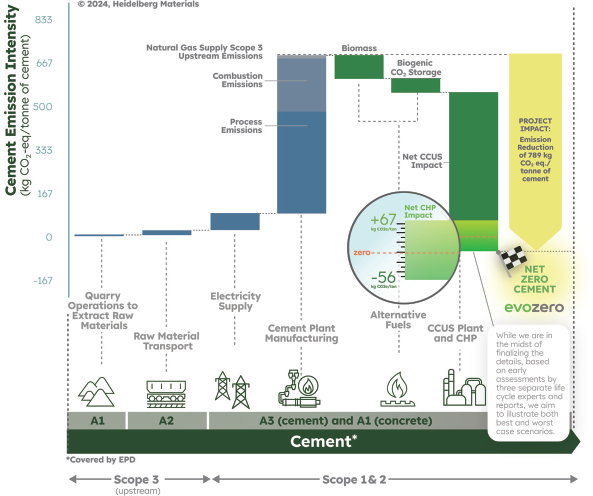November/December 2017
Communities: Industry
Study Shows Risks, Successes of Transporting Energy Liquids, Gases
With the increased domestic production of crude oil, fuel ethanol, and natural gas, safety and economic concerns about the transport of these energy sources have arisen; but there have also been signs of safety success, according to a new study.
The study, by the National Academies of Sciences, Engineering, and Medicine, examined the transportation of these liquids and gases by rail, pipeline, and barge. Today, railroad tank cars and tank barges are hauling oil and fuel ethanol in increasingly larger quantities and over longer distances through communities that have little experience with the transport of large quantities of flammable liquids. Additionally, between 2010 and 2016, oil transmission pipeline mileage grew by more than 40%.
The study began in late 2015, when rapid domestic energy growth was raising questions about the transportation system’s ability to safely handle the increased load.
Derailments are the chief concern when transporting flammable liquids by train. The committee that conducted the study acknowledged an incomplete understanding of derailments and a lack of clear guidelines for emergency responders, many of whom lack experience with large-scale events. And although tank cars designed to newer specifications are being phased in, older tank cars still present a safety concern.
While pipeline mileage has increased, the study found stable incident rates and no new safety problems. As the use of pipelines grows, however, incidents may increase simply due to increased exposure, the study says.
Transportation of energy liquids by waterway benefits from “a robust and anticipatory safety culture” that can be a model for other energy transport modes, the study says. In the last 10 years, there were no reports of ethanol or natural gas releases and only rare reports of crude releases.
The Academies called for the Department of Transportation’s Pipeline and Hazardous Materials Safety Administration to undertake a comprehensive review of the successes and failures in responding to transportation safety challenges. They also asked the Federal Railroad Administration to enable and incentivize more frequent and comprehensive inspections of rail routes with regular energy liquids traffic as well as use new capabilities in sensor, high-resolution imaging, and autonomous systems technologies.
The study concluded that increased collaboration is needed between industry, regulators, and the emergency response community to reduce the occurrences and severity of incidents involving the transportation of energy liquids and natural gas. Information needs to be shared to develop risk analytics, properly monitor safe operation procedures and the condition of equipment and infrastructure, and review safety regulations for effectiveness.


 Volunteering at NSPE is a great opportunity to grow your professional network and connect with other leaders in the field.
Volunteering at NSPE is a great opportunity to grow your professional network and connect with other leaders in the field. The National Society of Professional Engineers (NSPE) encourages you to explore the resources to cast your vote on election day:
The National Society of Professional Engineers (NSPE) encourages you to explore the resources to cast your vote on election day:


